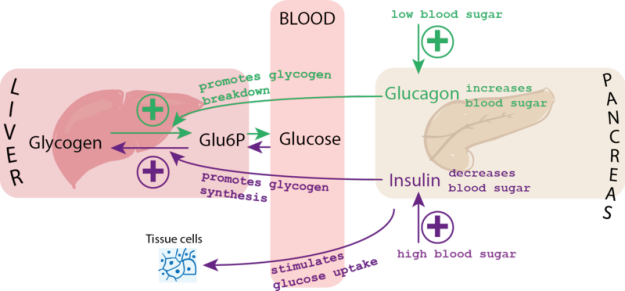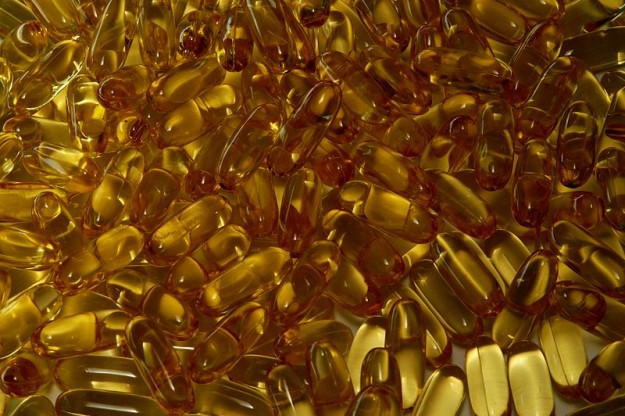Laboratory Science: Measuring Antioxidant Abilities of Substances
Why was this study done? It can be difficult to measure the antioxidant ability of various substances. This study was designed to assess the accuracy and reproducibility of an antioxidant measurement system (MatTek EPI-100). What did the study find? The study found that the MatTek EPI-100 was a good assessment tool for determining antioxidant ability…










